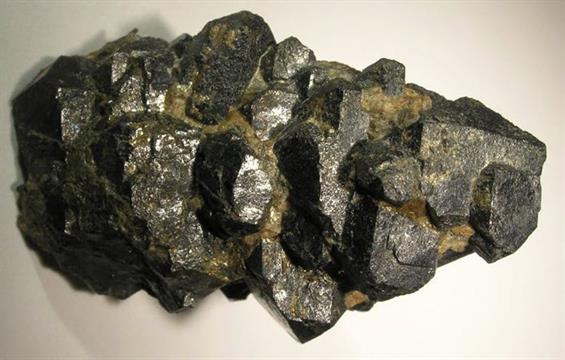

The Greek symbol ‘alpha’ and metallic ‘rays’ are representative of the element as a source of alpha radiation, and also the origin of its name.
| Density | 10 |
| Melting Point | 1050°C |
| Boiling Point | 3200°C |
Actinium is a very powerful source of alpha rays, but is rarely used outside research.
This element was discovered in 1899 by André Debierne at Paris. He extracted it from the uranium ore pitchblende (uranium oxide, U3O8) in which it occurs in trace amounts. In 1902, Friedrich Otto Giesel independently extracted it from the same mineral and, unaware it was already known, gave it the named emanium.
Actinium extracted from uranium ores is the isotope actinium-227 which has half-life of 21.7 years. It occurs naturally as one of the sequence of isotopes that originate with the radioactive decay of uranium-235. A tonne of pitchblende contains around 150 mg of actinium.